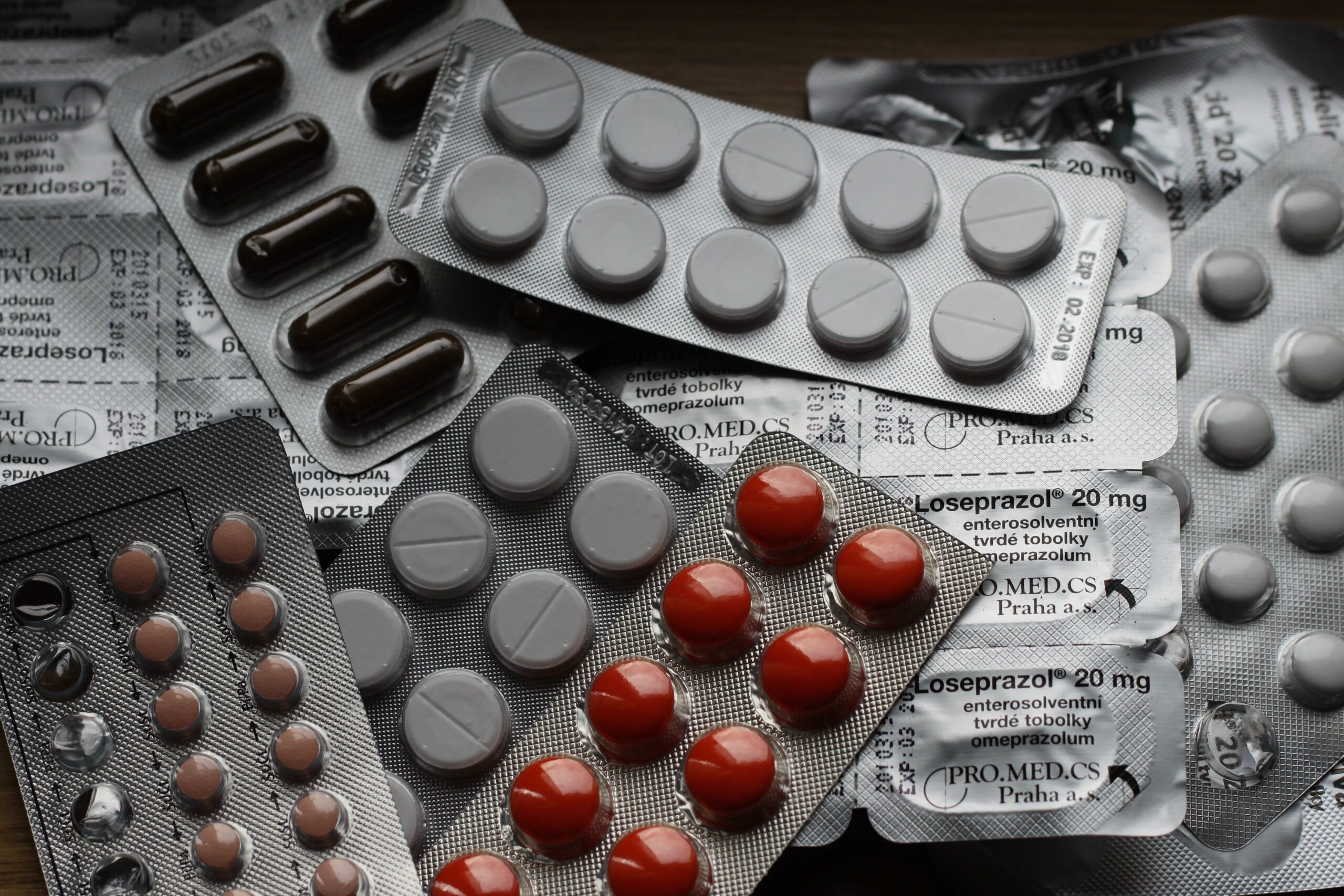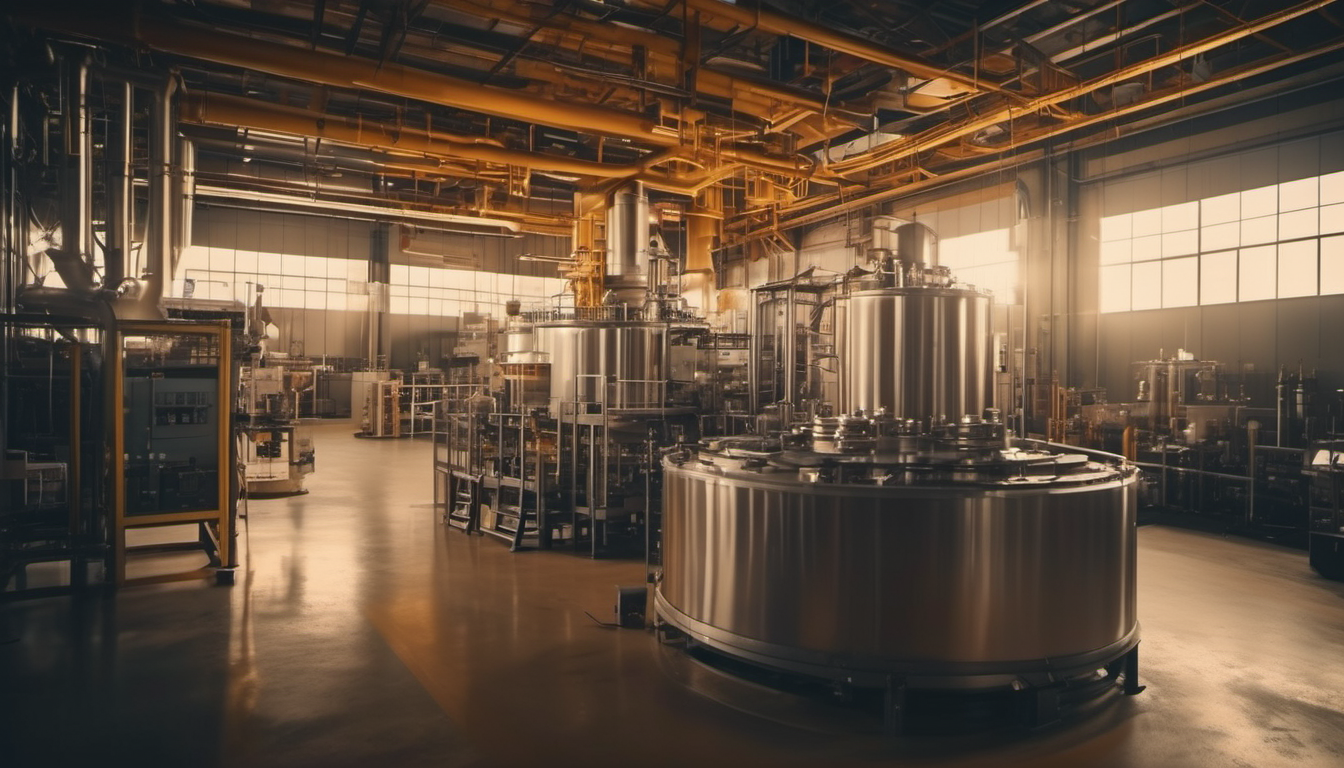Monsanto, now owned by Bayer, has been ordered to pay a substantial sum of $857 million to a group of seven former students and parent volunteers from a Washington state school. These individuals claimed that exposure to Monsanto’s polychlorinated biphenyls (PCBs), specifically from fluorescent light fixtures, led to various health issues, including brain damage and autoimmune disorders. PCBs, banned in 1979 due to their toxicity, were commonly used in building materials such as caulking and light fixtures from the 1950s to the 1970s. Despite the ban, PCBs persist in the environment, earning them the label “forever chemicals” because of their slow breakdown.
This recent judgment comes at a time when Monsanto is grappling with a multitude of lawsuits related to its weed-killing chemical, Roundup. In a separate case, the company was recently directed to pay $332 million to an individual who asserted that Roundup was responsible for his cancer.
The focus of the Washington case was on the adverse effects of PCB exposure on the health of students and volunteers. The plaintiffs argued that the slow breakdown of PCBs allowed them to persist in school environments, posing a particular threat to children. According to Keri C. Hornbuckle, a professor and environmental engineer at the University of Iowa who served as an expert witness in the trial, approximately 55,000 schools were constructed during the peak decades of PCB production, with Monsanto being the primary commercial manufacturer. The durable nature of school buildings, designed to last, means that PCB-containing materials still exist in structures, presenting an ongoing risk.
Hornbuckle emphasized that while the health impacts of PCBs range from cancer to ADHD, establishing a direct link between a specific injury and PCB exposure often requires careful consideration of various possibilities, making it a complex matter for a jury to navigate. Despite this complexity, the jury in the Washington case awarded a significant amount in damages, including $73 million in compensation and $784 million in punitive damages.
The punitive damages underscore a message from the jury that goes beyond compensating the affected individuals. Henry Jones, the attorney for the plaintiffs, stated that the evidence presented during the trial left a lasting impression, and no amount of money could justify exchanging places with the victims.
Monsanto, in response to the verdict, expressed disagreement and announced plans to appeal. The company argued that the objective evidence, including blood, air, and other tests, did not support the claim that the plaintiffs were exposed to unsafe levels of PCBs, and that PCBs could not have caused the alleged injuries. Monsanto also highlighted a recent victory in an Illinois trial with similar claims, reinforcing its stance on the safety of its products.
Despite Monsanto’s defense, the company is facing a wave of additional lawsuits related to PCBs. The state of Vermont has filed a suit alleging that Monsanto was aware of the toxic nature of its PCB formulations and their potential harm to humans. Furthermore, Vermont’s Burlington School District has initiated legal action against Monsanto, seeking compensation for the construction of a new high school. This move follows the abandonment of the town’s original high school due to PCB levels exceeding the state’s limits.
In the broader context, these legal battles contribute to the growing scrutiny surrounding the long-term environmental and health impacts of chemicals produced by major corporations. The outcome of these cases has the potential to set precedents for future litigation and may influence the way companies approach the development and use of chemicals, especially those with known or potential health risks. As the legal landscape evolves, it remains to be seen how regulatory bodies, corporations, and the public will navigate the delicate balance between industrial progress and safeguarding human health and the environment.









Leave a Reply